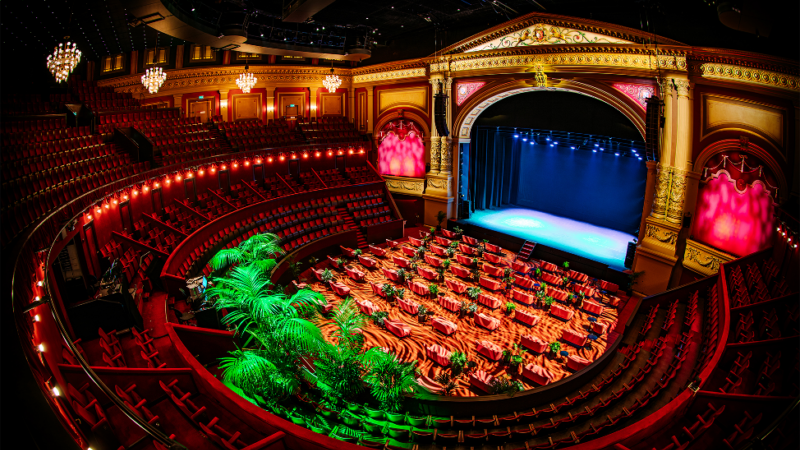Covid-19 is here to stay and as we open up our societies, we must learn to do one thing: live with the new normal.
But this is difficult when cases remain high and vaccine uptake wanes. We need to introduce technologies and policies that support masks, social distancing, and jabs, without replacing them entirely.
The obvious solution to living with an airborne disease is ventilation, but this can be energy-inefficient and costly, with heating bills rising as schools and offices are forced to keep windows open to encourage airflow.
Healthy, and efficient, buildings are essential in addressing infectious diseases as we spend much of our time living, working, and socialising indoors, and to reduce transmission, we must improve ventilation through new engineering techniques – that’s where UV-C comes in.
Ultraviolet-C is a type of radiation that breaks down the DNA and RNA of microorganisms including viruses and bacteria, and effectively renders them harmless. The technology is a well-established method of disinfection of air, water, and surfaces, but it’s only since Covid-19 that it’s true potential has been realised.
Research by the National Emerging Infectious Diseases Laboratories (NEIDL) at Boston University conducted research on Signify’s UV-C light sources and found that the virus was completed inactivated on previously contaminated surfaces after only seconds of exposure.
“Boston University has validated the effectiveness of our light sources as a preventive measure for companies and institutions as they seek ways to provide virus-free environments,” said Eric Rondolat, CEO of Signify.
“Given the potential of the technology to aid the fight against the coronavirus, Signify will not keep the technology for its exclusive use but make it available to other lighting companies,” he added.
The technology can be used to disinfect objects as small as handheld supermarket scanners to entire buses with disinfection chambers and lamps. Additionally, luminaires are being used to disinfect the virus in the air while people are present in the room, with fixtures designed to shield those from the light’s radiation.
Ultimately, this means that we can bring back face-to-face teaching, business, and play.
Recently, the Royal Theater Carré in Amsterdam and the Theater De Ruchte in Someren have been installed with UV-C technology and are welcoming back their guests to a safer space.
For the former, 75 Philips UV-C upper air luminaires now disinfect the building’s foyer, dressing rooms, and offices, while the latter is adding another 20 luminaires to it’s existing pilot installation.
“We are just as happy as our guests and performers to be open again,” said Thomas Groen, manager of sales & partnerships at Royal Theater Carré, “among other measures, these UV-C luminaires will minimise the risk of infection for our guests, performers and our colleagues.”
While standard HVAC solutions help to improve ventilation and overall air quality, they can be seen as uncomfortable and costly. Further, most systems in offices and schools provide up to two air changes per hour (ACH) which, themselves, aren’t capable of providing sufficient air quality that a suggested 20 ACH gives.
The energy required for such a speed would be vast, and so UV-C disinfection upper air luminaries remove this issue and disinfect the environment, delivering the required air changes per hour, in a quiet, comfortable, and unobtrusive manner.
“I think we should use UV-C disinfection equipment more broadly,” said Roxanna van Nispen-Dobrescu, a pulmonologist at GGD Breda, the city’s municipal health service.
“Before we began to use UV-C devices, some of our staff would get infected with TB by our clients. We haven’t seen any infections since we installed the luminaires as a preventative measure more than ten years ago,” she added.
Of course, UV-C should, and can, complement existing actions. It may even increase vaccine uptake as it can encourage those individuals who do not want to visit medical institutions for fear of catching the disease.
“Some of our clients are hesitant to come in as they’re afraid of getting infected by harmful viruses or bacteria during their visit, said Liesbeth Huizer, a medical technician at GGD Rotterdam, adding that the UV-C lights “really helps reassure them.”
“I’m surprised that even 1.5 years into this pandemic, we’re not making broader use of a technology that we have been using for 20 years and which has proven itself against TB and SARS CoV-2. It’s such an obvious measure.”
This post was sponsored by Signify. See our editorial guidelines for what this means.
